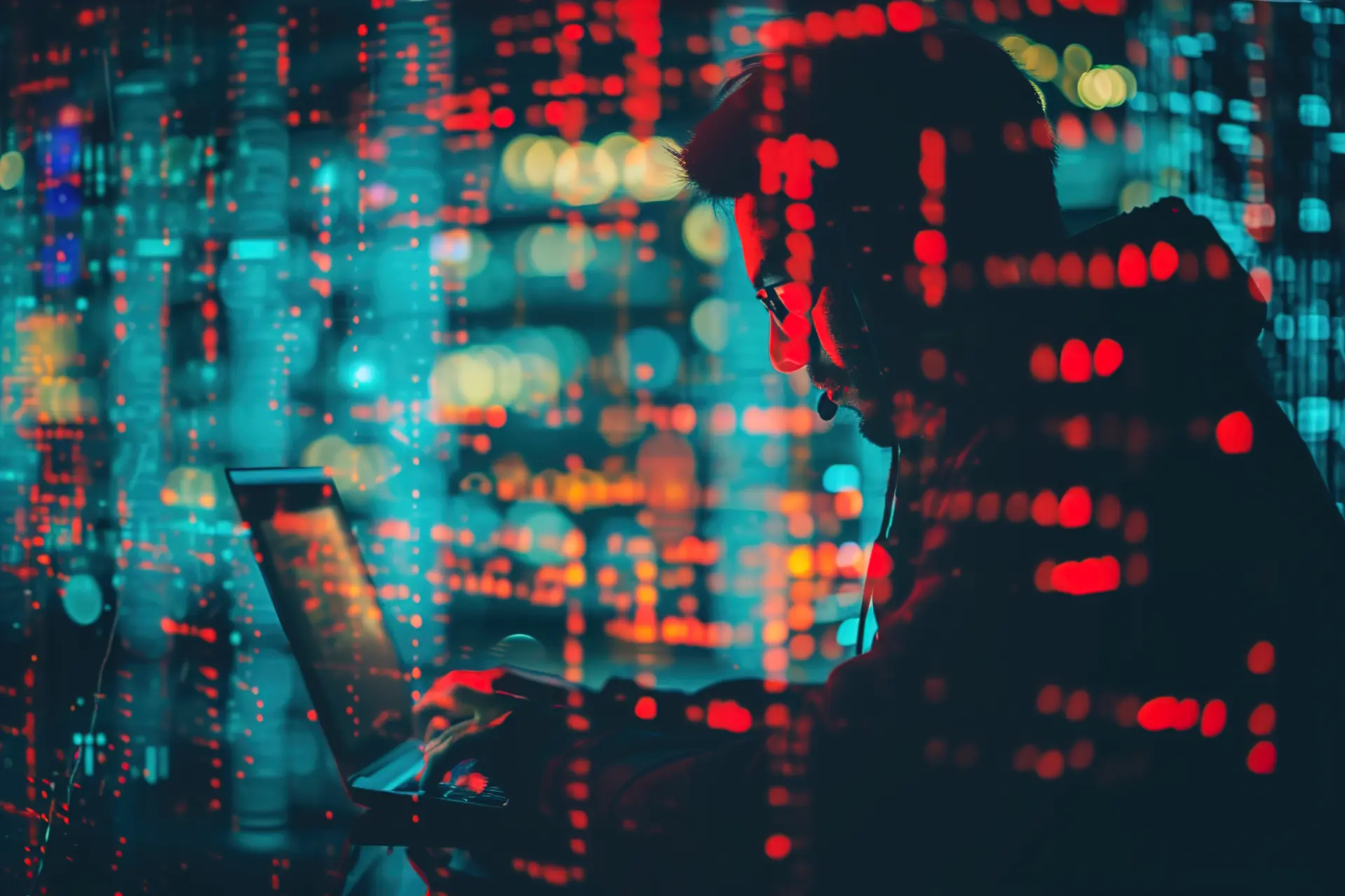Table of contents
- The criminal value of your data
- How data theft happens
- Who are the data criminals?
- How and where data is sold
- The dark role of artificial intelligence
- What to do?
The criminal value of your data
In today’s digital ecosystem, personal data is no longer just a means: it is the end. Access to social networks, emails, banking platforms become precious commodities in the hands of increasingly organized cybercriminals, who operate through Initial Access Brokers (IABs) and specialized criminal platforms.
From selling credentials to direct use in scams, blackmail, and even child abuse, illegal data trading is now a global business. Making matters worse is the growing use of generative artificial intelligence, which allows for the automation of phishing messages, the creation of deepfakes in voice, and the impersonation of identities.
How data theft happens
There are two main ways: the weakness of the systems and the human one. Criminals exploit:
- Vulnerabilities in Servers, Firewalls and VPNs
- phishing via email, SMS or fake advertising links
- infostealer malware, often spread using malicious SEO techniques
- social engineering, powered by Large Language Models
ClickFix phenomenon is also growing, which tricks users into running malicious commands on their PC.
Who are the data criminals?
It’s not just about lone hackers. The cybercrime market is divided into several roles:
- IABs
Sell initial access to corporate networks - data brokers
They manage the trading and sorting of stolen data - hybrid criminals
Linked to states or organizations with geopolitical purposes - Common attackers
Romance scammers, stalkers or extortionists
Many operate on closed forums and E2EE apps (like Telegram), with reputations to maintain, badges to display, and veritable marketplace structures .
How and where data is sold
The data black market is vast and complex. It includes:
- Credential dump and session cookies
- VPN, RDP and corporate cloud access
- Phishing and Malware Infostealer Subscription Kit
- Online scam manuals and tutorials
- residential proxies and bulletproof hosting
Sales take place on the dark web, specialized forums and private channels , often with access limited to “verified” users.
The dark role of artificial intelligence
Criminals aren’t just using AI to write more convincing emails. They’re also using it to:
- generate voice and video deepfakes
- construct fake fingerprints
- suggesting non-existent software packages then uploading malicious code (slopsquatting)
- scan vulnerabilities automatically
In short, AI and crime are now a consolidated couple.
What to do?
According to Europol, coordinated actions are needed:
- Legal access to E2EE channels
- harmonized rules for the preservation of metadata
- digital education and public awareness
- international cooperation
Only a multilevel action can counter a phenomenon that is now transnational and increasingly technological.
Frequently asked questions
- What are Initial Access Brokers (IABs)?
Criminal intermediaries who sell access to compromised systems. - What is an infostealer?
Malware designed to steal sensitive data from an infected device. - How does phishing with generative AI work?
AI writes more credible, personalized and multilingual emails. - What is a voice deepfake?
A fake voice generated by AI for phone scams or BEC. - What are residential proxies in cybercrime?
Infected devices used to mask illicit activities. - Why is stolen data so sought after?
It is used for scams, extortion, cyber attacks, and false identities. - What does “slopsquatting” mean?
Registering fake software packages suggested by AI to infect systems. - What are the risks for minors?
Public data used for grooming, sextortion and doxxing. - What are AVC marketplaces?
Automated sites where stolen credit cards are purchased. - What role does the European Union have?
It proposes common legal standards to enable effective investigations.
